Sensory Seeking vs. Sensory Avoiding in Children


Unveiling the World of Sensory Behaviors in Kids
Children with sensory processing differences often display varied behaviors that can be challenging for caregivers and educators to interpret. Recognizing the differences between sensory seeking and sensory avoiding behaviors is crucial for providing appropriate support. This article explores these behaviors in detail, their characteristics in children, and practical strategies to help children regulate their sensory experiences effectively.
Distinguishing Sensory Seeking and Sensory Avoiding Behaviors

What are the differences between sensory seeking and sensory avoiding behaviors in children?
Children with sensory processing differences respond to sensory input in diverse ways. The main distinction lies in how they react to sensory stimuli, with some seeking more input and others avoiding it.
Sensory seekers, often described as hypo-responsive, tend to underreact to sensory input. They crave additional stimulation and frequently engage in behaviors like jumping, loud noises, rough play, touching objects or people often, and even mouthing non-food items. These children typically have a high sensory threshold, meaning they need more intense or frequent input to feel alert or satisfied. They are often high-energy, enjoy movement, and may have a high pain tolerance. Because they seek stimulation, they can be clumsy or distracted easily, and they might appear overly playful or hyperactive.
On the other hand, sensory avoiders are hypersensitive, known as hyper-responsive. They find sensory input overwhelming or uncomfortable and actively try to avoid certain stimuli. These children might be cautious or timid, dislike bright lights, loud sounds, crowded environments, or certain textures in clothing or food. They often cover their ears, avoid physical contact, and prefer quiet, calm spaces. Their responses can include startle reactions or irritability when overwhelmed.
Both behaviors are related to differences in sensory thresholds—they’re often simplified as children with high thresholds being seekers and those with low thresholds being avoiders. However, many children exhibit a mix of behaviors, depending on the context or specific sensory system involved.
Understanding these differences is important for supporting children. Sensory seeking behaviors can be supported with engaging activities like jumping on trampolines or using sensory toys, while sensory avoiding children benefit from a calm, clutter-free environment, tools like noise-canceling headphones, and structured routines that prevent overwhelm.
Whether a child seeks or avoids sensory input, both reactions are ways the nervous system manages sensory overload or under-responsiveness. Recognizing these patterns allows caregivers and educators to adapt activities and environments, helping children feel more comfortable and regulated.
Understanding Sensory Thresholds and Their Impact

What does sensation avoiding mean in sensory processing?
Sensation avoiding refers to a behavior exhibited by children who are highly sensitive to sensory input. Even minimal sensory stimuli, such as a gentle touch or soft sounds, can be overwhelming for them, leading to discomfort, distress, or negative emotional reactions. This sensation avoidance often causes these children to steer clear of certain environments or activities, like crowded places or rough play, to prevent overstimulation.
What does it mean for a child to have a high or a low sensory threshold?
A child's sensory threshold is the level of sensory input needed to elicit a response. Children with a high sensory threshold require more intense or frequent stimuli to feel engaged or satisfied. They may seek out loud noises, movement, and tactile inputs to meet their sensory needs, often appearing active and craving stimulation. Conversely, children with a low sensory threshold are easily overwhelmed by even mild sensory inputs. They tend to avoid certain textures, sounds, or lights and may become anxious or distressed in typical social or play environments.
How do these thresholds influence children's daily routines?
The sensory thresholds of children significantly affect their daily behaviors and routines. Children with high thresholds often seek out sensory-rich activities such as jumping, spinning, or loud play to satisfy their need for stimulation. They may struggle to focus in quiet settings and might appear restless.
In contrast, children with low thresholds tend to avoid sensory-rich situations, preferring calm, quiet spaces. These children might refuse to wear certain clothes, shy away from noisy school assemblies, or seek solitude to manage their sensory intake. Understanding these sensitivities enables caregivers and teachers to create supportive environments that accommodate each child's unique sensory needs.
How do these differences manifest behaviorally?
Children with different sensory thresholds show distinct behaviors. Those with high thresholds, or sensory seekers, often display energetic activities like mouthing objects, fidgeting, or engaging in risky behaviors to gain sensory input. They appear hypo-responsive and may need continuous movement or touch to stay engaged.
Children with low thresholds or sensory avoiders tend to exhibit behaviors such as covering their ears, avoiding physical contact, or withdrawing from social interactions. They are hyper-responsive, reacting strongly to stimuli others might find tolerable.
How can understanding sensory thresholds help manage daily routines?
Recognizing whether a child is a sensory seeker or avoider helps tailor strategies to support their needs. For sensory seekers, incorporating movement activities like jumping on trampolines or using sensory toys can help regulate their arousal levels. For sensory avoiders, creating calm environments with soft lighting, noise reduction, and designated quiet zones can reduce stress.
Supporting children with sensory processing differences involves a combination of environmental modifications, sensory tools like weighted blankets or noise-canceling headphones, and professional interventions such as occupational therapy. These approaches assist children in managing sensory overload and engaging more comfortably in daily routines.
Signs and Characteristics of Sensory Processing Patterns
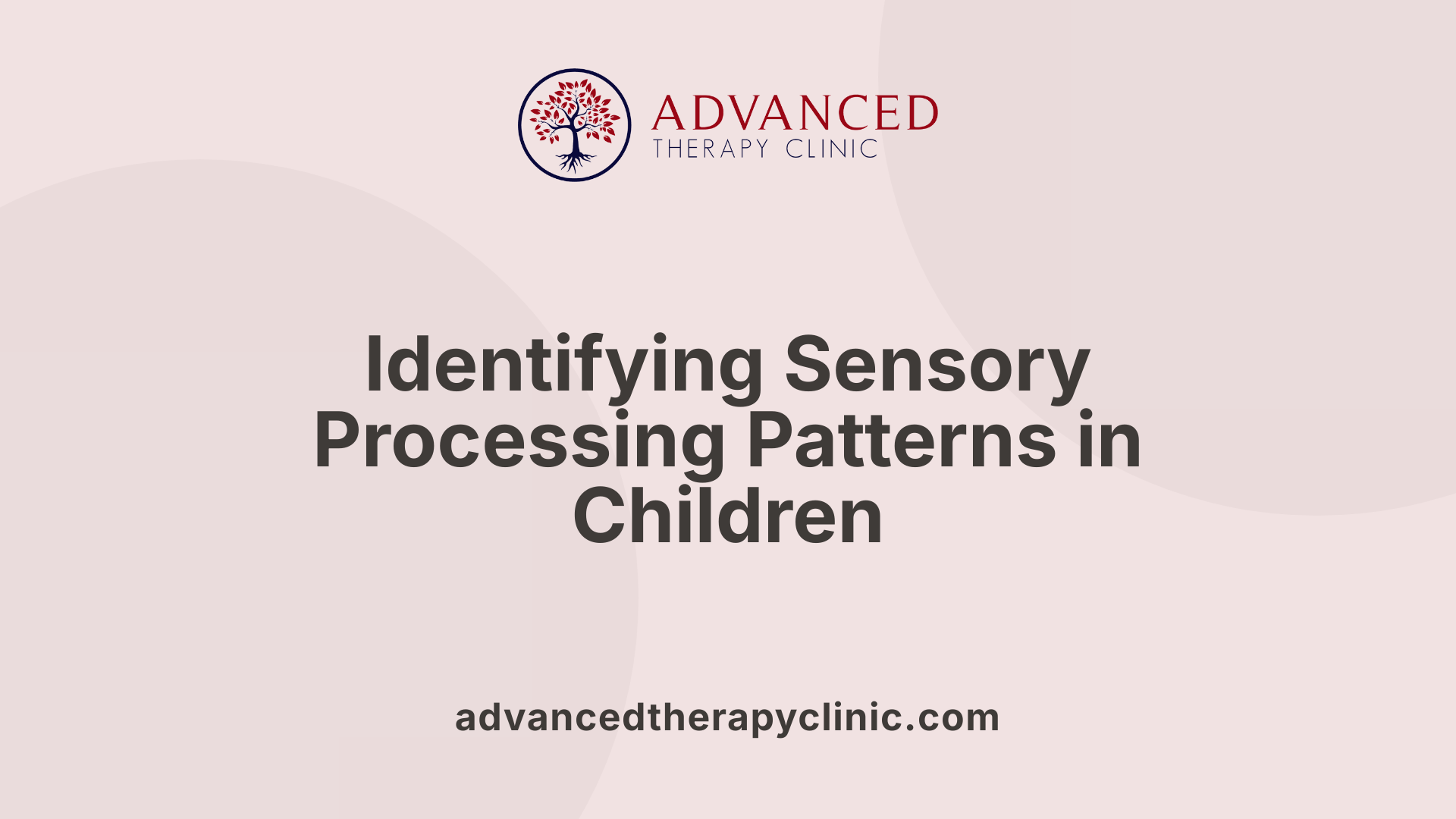
How can sensory processing differences be identified and recognized in children?
Detecting sensory processing differences involves observing a child's reactions to their environment. Children with sensory issues may exhibit behaviors such as overreacting or underreacting to sensory stimuli. For example, a sensory seeker might constantly seek out touch, loud noises, or movement, while a sensory avoider might shy away from such stimuli, covering their ears or avoiding certain textures.
Healthcare professionals, especially occupational therapists, often use standardized tools and assessments like the Sensory Profile to evaluate these responses. They observe how children react across different sensory domains, including touch, sound, sight, taste, and proprioception.
Additional assessments may include detailed caregiver reports, clinical observations, and sometimes neurophysiological tests such as EEG or neuroimaging. These help to understand the child’s brain responses related to sensory input.
Signs that might suggest sensory processing challenges include an intense dislike for certain textures or sounds, extreme reactions like tantrums when overwhelmed, clumsiness, or difficulty with balance and coordination.
Early detection through these methods enables timely intervention, such as sensory integration therapy, which can support children in managing their sensory sensitivities and participating more comfortably in daily activities.
Strategies to Support Children with Sensory Processing Differences

How can caregivers and educators support children with sensory seeking or sensory avoiding behaviors?
Supporting children with sensory processing differences involves understanding their unique sensory needs to help them feel safe and regulated. Observing and identifying each child's specific sensitivities or cravings is the first step.
For sensory seekers, activities that provide the amount of sensory input they seek can be very beneficial. These children often crave movement, touch, or loud stimuli. Engaging them in activities like swinging, jumping, or tactile play allows them to satisfy their need for stimulation and helps prevent frustration or overload.
On the other hand, sensory avoiders tend to be overwhelmed by too much input. Creating a calming environment is essential. This can include soft lighting, quiet areas, and tools like noise-canceling headphones or cozy blankets. Providing a designated space for relaxation helps them retreat and regain composure.
Structured routines and visual schedules also support children with sensory challenges. Consistent activities help predictability and reduce anxiety. Personalized sensory diets—specific plans for sensory activities tailored to each child's needs—are especially effective. These might include regular sensory breaks with movement, heavy work (like bear hugs or jumping), and calming activities.
Education plays a crucial role. Teaching children about their sensory differences helps them understand their reactions and develop self-regulation skills. Collaborating with occupational therapists can enhance these strategies, ensuring interventions are appropriate and effective.
Overall, a combination of environmental modifications, sensory-friendly tools, structured routines, and professional support creates a supportive environment that fosters confidence, emotional stability, and developmental progress for children with sensory processing differences.
The Role of Occupational Therapy and Sensory Tools

What strategies can support children with sensory processing differences?
Supporting children with sensory processing challenges involves tailored interventions that help them manage their unique sensory needs. Occupational therapy is often recommended as a primary approach, offering specialized activities and tools.
For children who seek sensory input (hypo-responsive), activities that provide ample sensory stimulation are helpful. These include jumping on trampolines, swinging, or using sensory toys that promote movement and tactile exploration. Environments rich in sensory opportunities can reduce boredom and help maintain focus.
Conversely, children who avoid sensory input (hyper-responsive) benefit from calming and moderating tools. Noise-canceling headphones, weighted blankets, and calming spaces enable these children to feel safe and in control of their sensory environment.
Heavy work activities, such as cuddles, bear hugs, jumping, and stomping, are particularly effective for children with mixed sensory thresholds. These proprioceptive activities help regulate the nervous system, calming overactive responses and supporting self-regulation.
Occupational therapists often incorporate these strategies into personalized plans. They may use specific sensory tools like textured toys, fidget devices, or calming weighted items to help children process sensory input at a comfortable level.
By combining professional guidance with practical tools and activities, children can develop better coping skills, reduce sensory overload episodes, and improve overall functioning. Creating supportive environments that include quiet zones, predictable routines, and sensory-friendly equipment significantly benefits children with diverse sensory needs.
Recognizing and Addressing Sensory Overload in Children

What are some signs of sensory overload and how can they be managed?
Sensory overload occurs when a child is overwhelmed by too much sensory input, such as loud noises, bright lights, or crowded environments. Common signs include tantrums, irritability, and a strong desire to escape the current environment. Kids might cover their ears, become hyperactive, or withdraw and shut down.
Managing sensory overload involves creating a calming and supportive environment. This can include providing quiet spaces where the child can relax and recover. Using calming techniques like deep breathing, reducing lighting, and allowing time for movement or silence can be very helpful.
Professional support, such as occupational therapy, plays a crucial role. Therapists can design customized sensory diets — specific activities and tools that help children develop tolerance to sensory stimuli gradually. Tools like noise-canceling headphones, weighted blankets, or sensory toys can offer additional comfort and promote self-regulation.
Encouraging children to recognize their own signs of overload and teaching them strategies to self-soothe can foster independence and reduce distress. Overall, understanding these signs and response options helps create a nurturing environment that accommodates diverse sensory needs.
Supporting Sensory Needs for Better Development
Understanding and recognizing the behaviors associated with sensory seeking and sensory avoiding in children is essential for fostering their emotional well-being and development. Tailoring supportive strategies and interventions can significantly improve their daily experiences and help them navigate sensory challenges more effectively, leading to healthier, more balanced lives.
References
- Sensory seeking and sensory avoiding: What you need to know
- When Your Child is Sensory Seeking And Sensory Avoiding -
- Sensory Seeking vs Avoiding - Lighthouse Autism Center
- Four Patterns of Sensory Processing - ConnectABILITY
- How To Support Your Children With Their Sensory Challenges
- What is Sensory Seeking and Sensory Avoiding? - Twinkl Teaching
- Navigating Sensory Seeking and Sensory Avoiding: Understanding ...
- What is the difference between sensory seeking and sensory ...
Recent articles
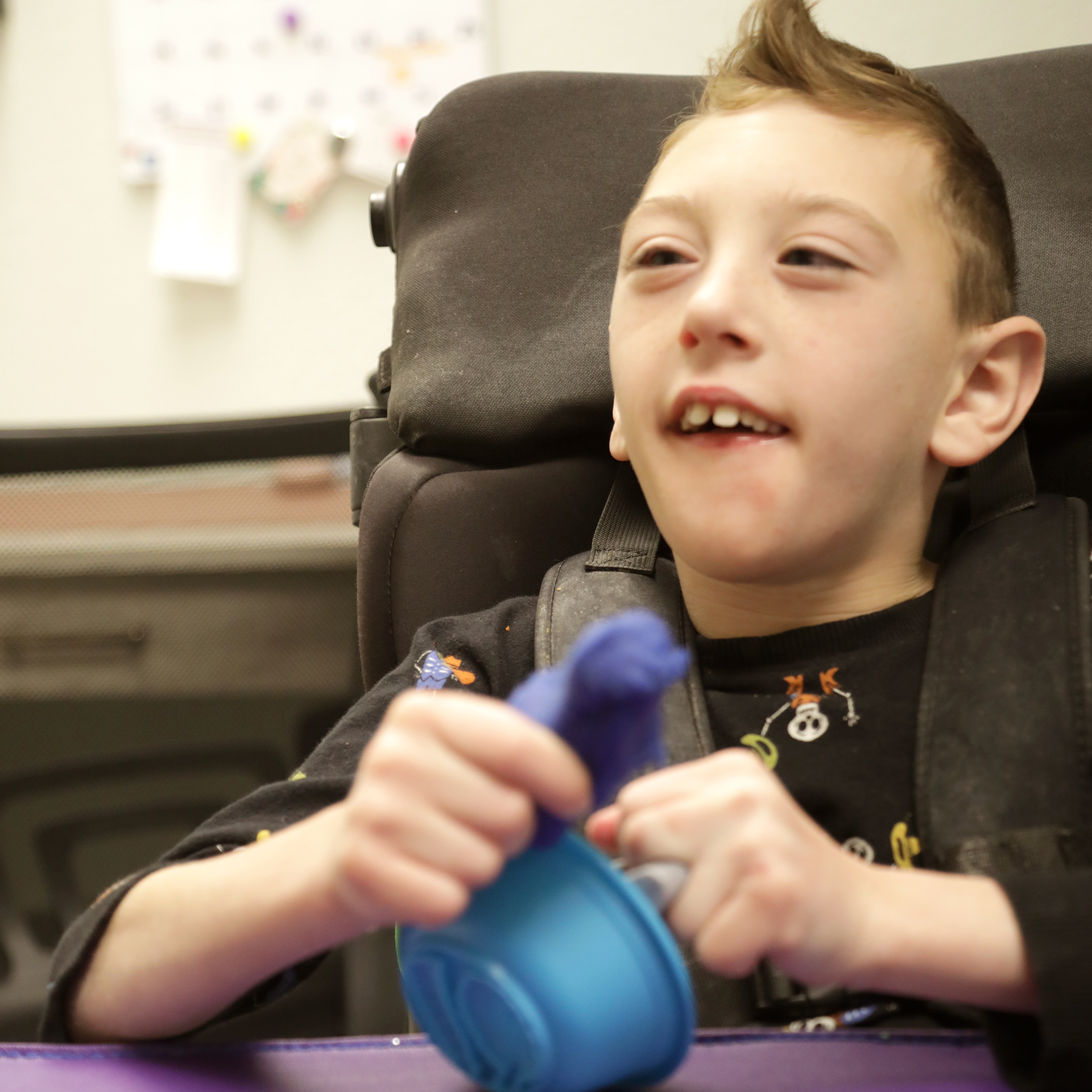
How Pediatric Therapy Helps Kids Thrive across Montana and Wyoming
A supportive guide for families exploring therapy options in Billings, Butte, Missoula or Sheridan.
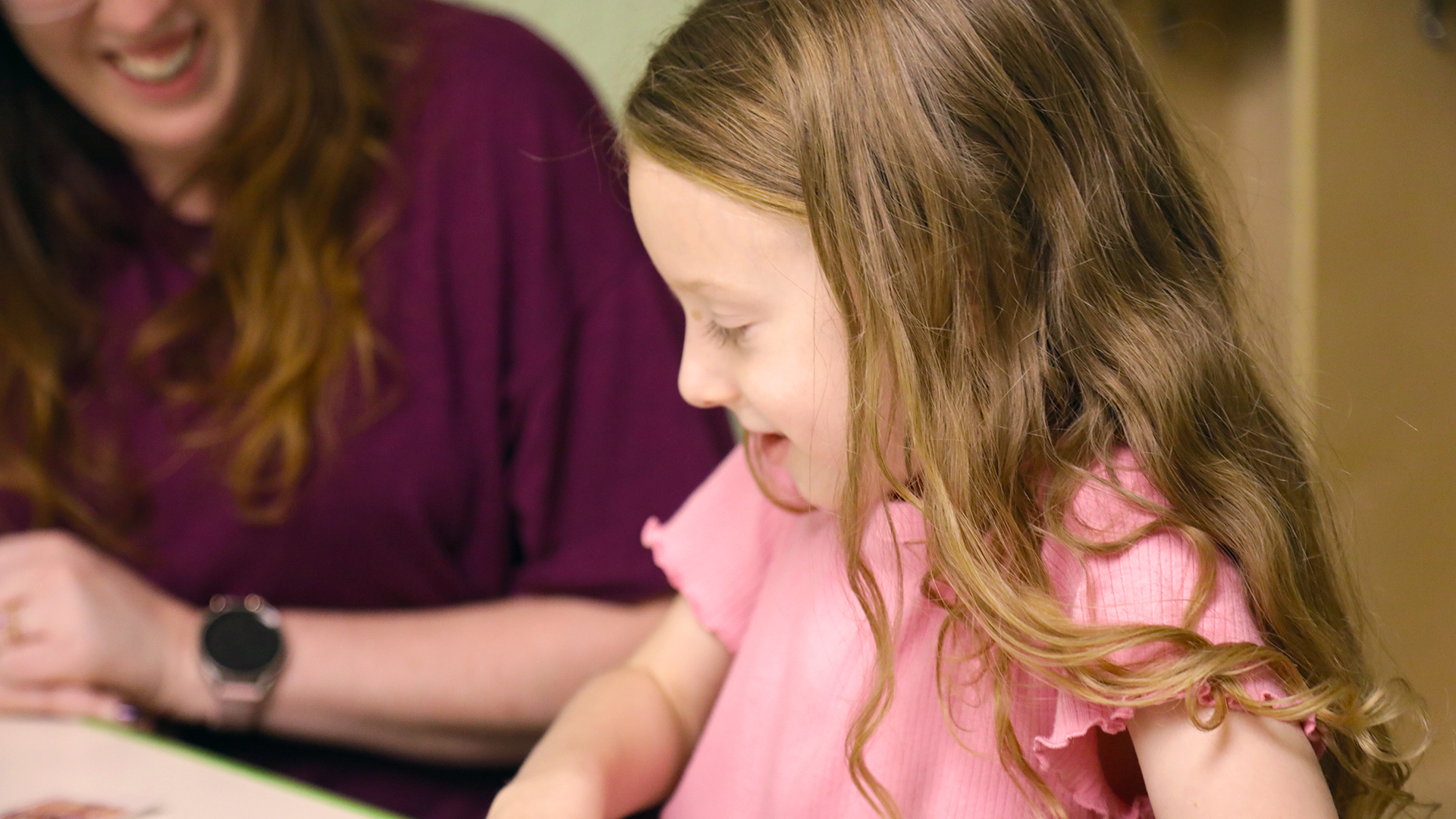
How to Choose the Right Pediatric Therapy Clinic in Billings, Montana
A Parent‑Friendly Guide To Finding The Best Support For Your Child
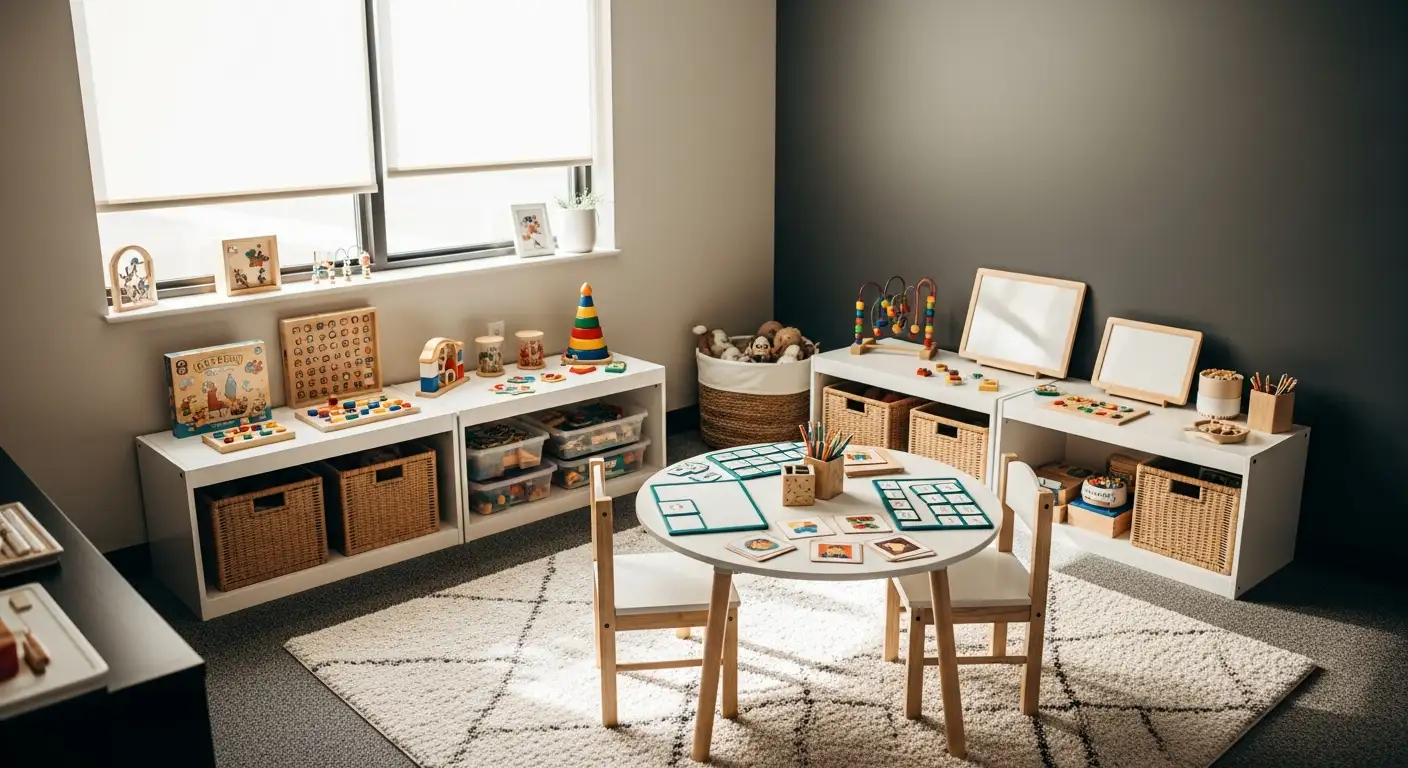
Expressive Speech Delay 2-Year-Old
Understanding and Addressing Expressive Speech Delay in Toddlers

How Speech Recognition Works
Unlocking the Power of Speech Recognition in Therapy and Healthcare

Autism and Head Size
Understanding the Complex Relationship Between Autism and Head Size
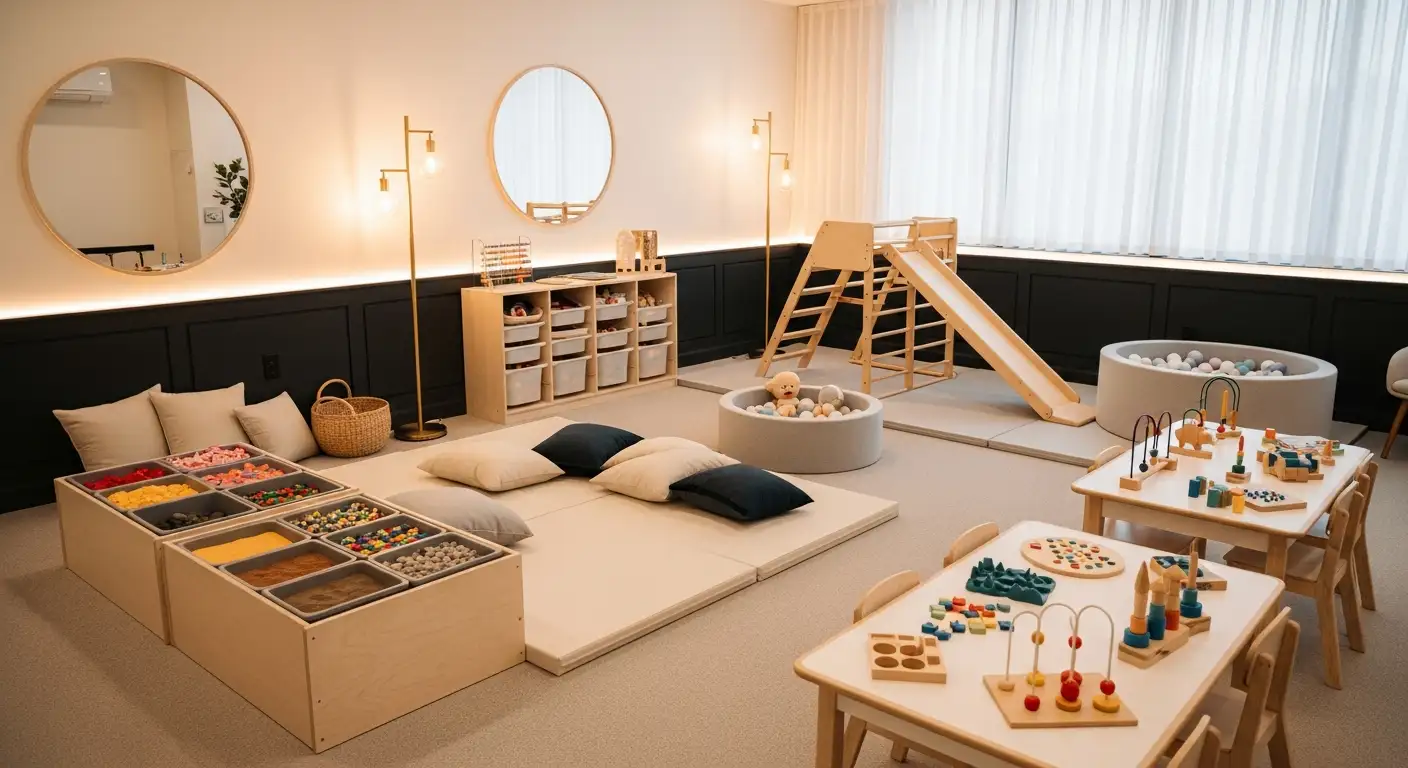
Occupational Therapy in Autism
Enhancing Independence and Quality of Life Through Occupational Therapy in Autism

